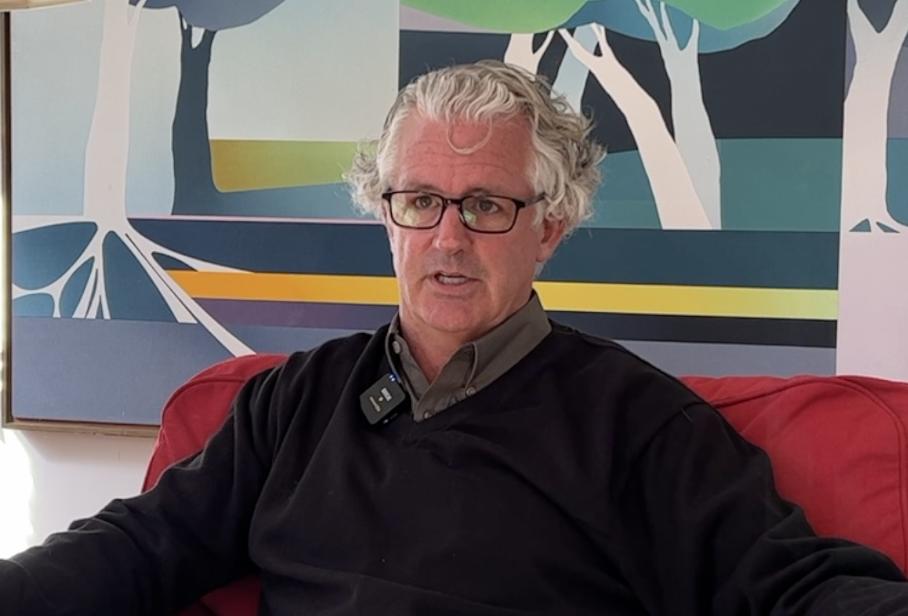Over a year ago, the Spy sat down with Alan Girard, the Chesapeake Bay Foundation’s director of the Eastern Shore, to talk about a planned Lakeside development project in Trappe. It was the Spy’s first conversation about the environmental impact of a long-term 2,400 home community in one of Talbot County’s smallest municipalities, and the title of our interview was “CBF Has a Few Questions for the State on Trappe’s Lakeside Project.”
It was the beginning of an ongoing public debate about the environmental protection challenges that come with these large scales projects.
Last week, the Talbot County Council made the decision (3-2) not to pass a resolution that would have required the Lakeside development in Trappe to meet Enhanced Nutrient Removal standards (ENR) for its first 120 homes to be built for the project. In short, this has permitted the Lakeside developer to finalize the permit process and proceed with the project.
Given this critical moment in the project’s history, we elected to reach out to Alan again for his thoughts about the Council’s decision and the road from here for his organization.
This video is approximately six minutes in length. For more information about the Chesapeake Bay Foundation please go here.



E. W. Clucas says
Like many of the citizens of Talbot County , I was expecting a far more definitive statement . Taking all parties to task . Pretty much Milk toast .
From the banks of Miles Creek. .
Arthur Dent says
These remarks from Alan Gerard are a whole lot of nothing, and I would have expected much better from the Chesapeake Bay Foundation. The Foundation purports to be a watchdog for the protection and clean-up of the Bay. They have the legal standing to seek relief from a State court, and are probably the best suited organization to take on responsibility for seeking such relief. The simple fact at this point is this: at this stage, only an injunction from a court with jurisdiction over the matter can stop this travesty. The primary element required for such relief is a threat of imminent, irreparable harm, and the continued polluting of LaTrappe Creek – and the prospect of even greater levels of pollution in the near future – seems to me to meet that standard. Shame on Mr. Girard and the Chesapeake Bay Foundation if they sit on the sidelines and let this disaster continue tto unfold.